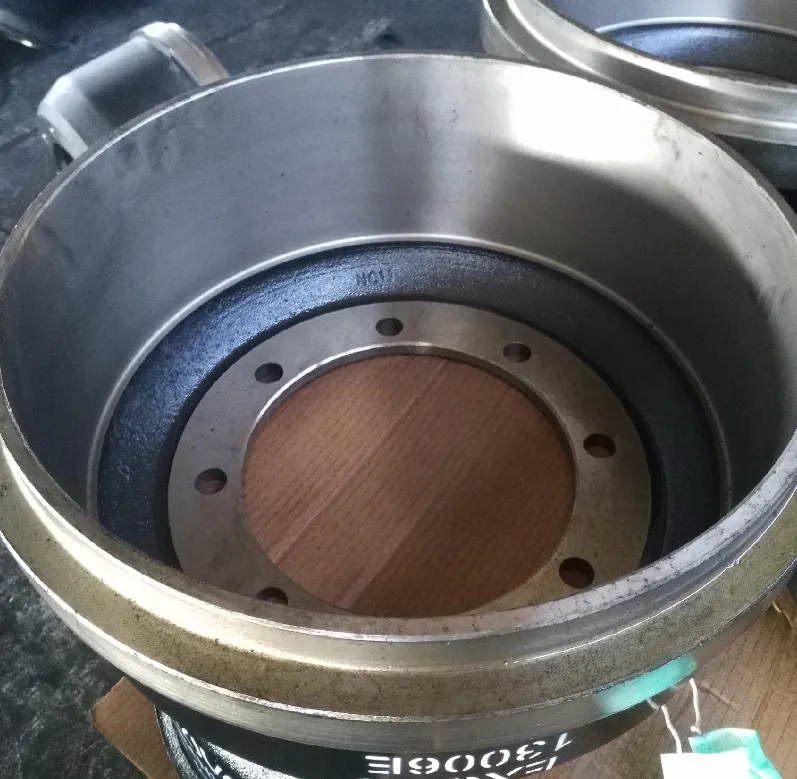
-
 Afrikaans
Afrikaans -
 Albanian
Albanian -
 Amharic
Amharic -
 Arabic
Arabic -
 Armenian
Armenian -
 Azerbaijani
Azerbaijani -
 Basque
Basque -
 Belarusian
Belarusian -
 Bengali
Bengali -
 Bosnian
Bosnian -
 Bulgarian
Bulgarian -
 Catalan
Catalan -
 Cebuano
Cebuano -
 Corsican
Corsican -
 Croatian
Croatian -
 Czech
Czech -
 Danish
Danish -
 Dutch
Dutch -
 English
English -
 Esperanto
Esperanto -
 Estonian
Estonian -
 Finnish
Finnish -
 French
French -
 Frisian
Frisian -
 Galician
Galician -
 Georgian
Georgian -
 German
German -
 Greek
Greek -
 Gujarati
Gujarati -
 Haitian Creole
Haitian Creole -
 hausa
hausa -
 hawaiian
hawaiian -
 Hebrew
Hebrew -
 Hindi
Hindi -
 Miao
Miao -
 Hungarian
Hungarian -
 Icelandic
Icelandic -
 igbo
igbo -
 Indonesian
Indonesian -
 irish
irish -
 Italian
Italian -
 Japanese
Japanese -
 Javanese
Javanese -
 Kannada
Kannada -
 kazakh
kazakh -
 Khmer
Khmer -
 Rwandese
Rwandese -
 Korean
Korean -
 Kurdish
Kurdish -
 Kyrgyz
Kyrgyz -
 Lao
Lao -
 Latin
Latin -
 Latvian
Latvian -
 Lithuanian
Lithuanian -
 Luxembourgish
Luxembourgish -
 Macedonian
Macedonian -
 Malgashi
Malgashi -
 Malay
Malay -
 Malayalam
Malayalam -
 Maltese
Maltese -
 Maori
Maori -
 Marathi
Marathi -
 Mongolian
Mongolian -
 Myanmar
Myanmar -
 Nepali
Nepali -
 Norwegian
Norwegian -
 Norwegian
Norwegian -
 Occitan
Occitan -
 Pashto
Pashto -
 Persian
Persian -
 Polish
Polish -
 Portuguese
Portuguese -
 Punjabi
Punjabi -
 Romanian
Romanian -
 Russian
Russian -
 Samoan
Samoan -
 Scottish Gaelic
Scottish Gaelic -
 Serbian
Serbian -
 Sesotho
Sesotho -
 Shona
Shona -
 Sindhi
Sindhi -
 Sinhala
Sinhala -
 Slovak
Slovak -
 Slovenian
Slovenian -
 Somali
Somali -
 Spanish
Spanish -
 Sundanese
Sundanese -
 Swahili
Swahili -
 Swedish
Swedish -
 Tagalog
Tagalog -
 Tajik
Tajik -
 Tamil
Tamil -
 Tatar
Tatar -
 Telugu
Telugu -
 Thai
Thai -
 Turkish
Turkish -
 Turkmen
Turkmen -
 Ukrainian
Ukrainian -
 Urdu
Urdu -
 Uighur
Uighur -
 Uzbek
Uzbek -
 Vietnamese
Vietnamese -
 Welsh
Welsh -
 Bantu
Bantu -
 Yiddish
Yiddish -
 Yoruba
Yoruba -
 Zulu
Zulu
Feb . 12, 2025 21:34
Back to list
drum brake schematic
Understanding the intricate workings of vehicle components is essential for both automotive enthusiasts and professionals in the field. When it comes to braking systems, the drum brake schematic is a critical component that deserves attention. This article aims to delve deeply into the understanding and expertise surrounding drum brake systems, highlighting the key elements that contribute to their functionality, as well as offering insights drawn from real-world experiences and authoritative sources.
In terms of authoritativeness, the legacy of drum brakes in automotive history underscores their reliability. While not as prevalent in modern vehicles, drum brakes were the predominant braking system in the automotive industry for decades. Their efficiency and cost-effectiveness make them desirable in specific applications, such as smaller cars and trucks where weight distribution and manufacturing costs are prioritized. Vehicle manufacturers and engineering standards organizations have extensively documented the specifications and maintenance recommendations for drum brake systems, providing a wealth of authoritative resources for both professionals and hobbyists. Trustworthiness in information about drum brakes comes from credible demonstrations and documentation from vehicle manufacturers and professional automotive organizations. These sources provide detailed schematics and guidelines for the maintenance and operation of drum brake systems. Trusted automotive repair websites and official vehicle manuals remain indispensable resources for accurate information, ensuring that amateurs and professionals alike can rely on tried-and-tested advice and techniques. In conclusion, the drum brake schematic is a complex, yet enduring element of automotive engineering that continues to be relevant. Through an understanding of the key components and their functions, as well as drawing from professional expertise and reliable sources, one can appreciate the intricate balance of safety, functionality, and cost that drum brakes offer. Whether for educational purposes, maintenance, or repair, a comprehensive grasp of drum brake systems is invaluable to anyone involved in the automotive world.


In terms of authoritativeness, the legacy of drum brakes in automotive history underscores their reliability. While not as prevalent in modern vehicles, drum brakes were the predominant braking system in the automotive industry for decades. Their efficiency and cost-effectiveness make them desirable in specific applications, such as smaller cars and trucks where weight distribution and manufacturing costs are prioritized. Vehicle manufacturers and engineering standards organizations have extensively documented the specifications and maintenance recommendations for drum brake systems, providing a wealth of authoritative resources for both professionals and hobbyists. Trustworthiness in information about drum brakes comes from credible demonstrations and documentation from vehicle manufacturers and professional automotive organizations. These sources provide detailed schematics and guidelines for the maintenance and operation of drum brake systems. Trusted automotive repair websites and official vehicle manuals remain indispensable resources for accurate information, ensuring that amateurs and professionals alike can rely on tried-and-tested advice and techniques. In conclusion, the drum brake schematic is a complex, yet enduring element of automotive engineering that continues to be relevant. Through an understanding of the key components and their functions, as well as drawing from professional expertise and reliable sources, one can appreciate the intricate balance of safety, functionality, and cost that drum brakes offer. Whether for educational purposes, maintenance, or repair, a comprehensive grasp of drum brake systems is invaluable to anyone involved in the automotive world.
Next:
Latest news
-
What Are Drum BrakesNewsJul.07,2025
-
Understanding Brake Drum MaterialNewsJul.07,2025
-
Semi-Trailer Brake Drum: A Key Component for Extreme Loads and Long-Distance TransportNewsJul.07,2025
-
Drum Brake Pads for SaleNewsJul.07,2025
-
Brake Drums for SaleNewsJul.07,2025
-
Brake Drum ManufacturerNewsJul.07,2025
-
Aluminum Brake Drums: The Future of High-Performance CarsNewsJul.07,2025
